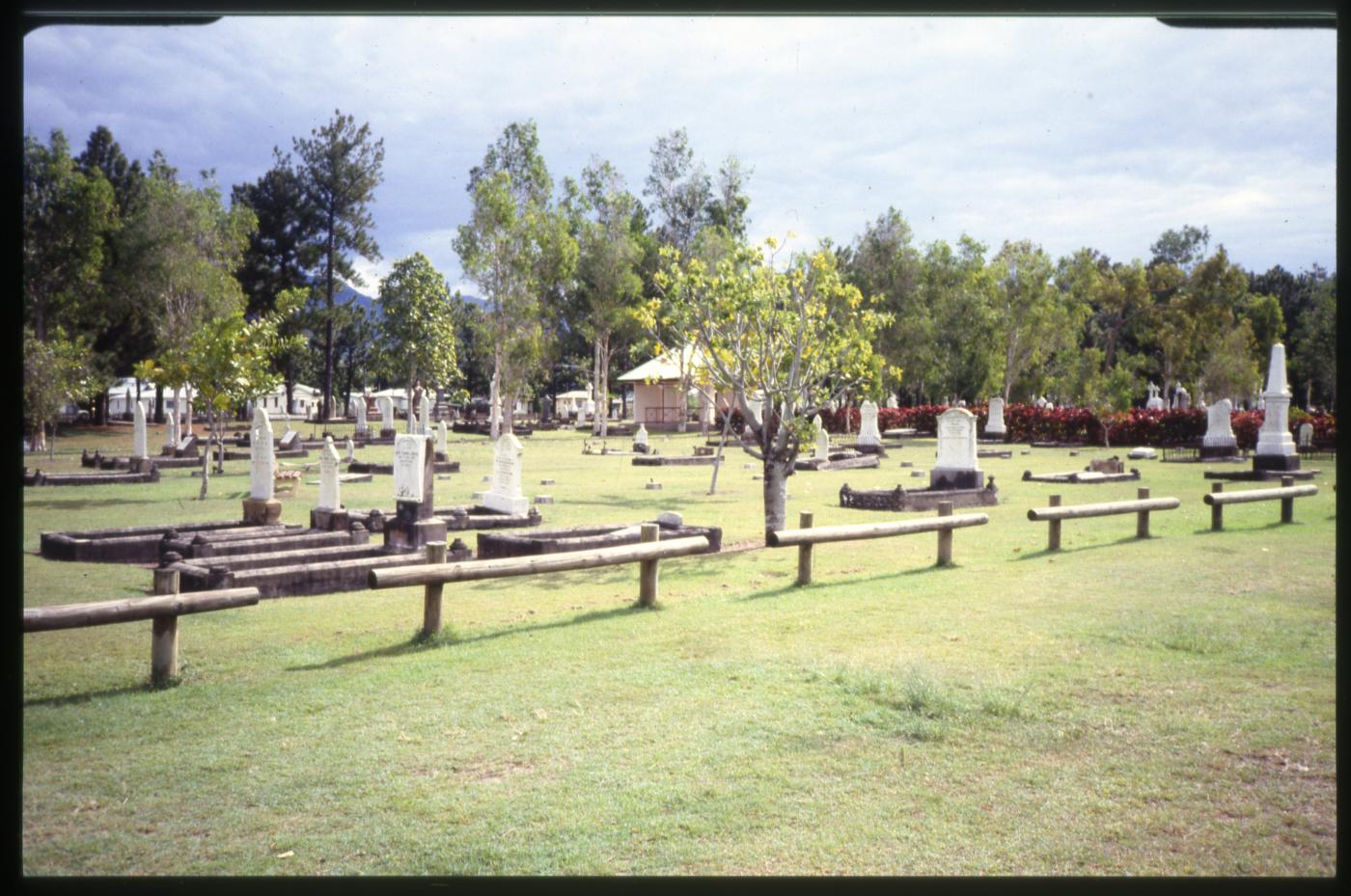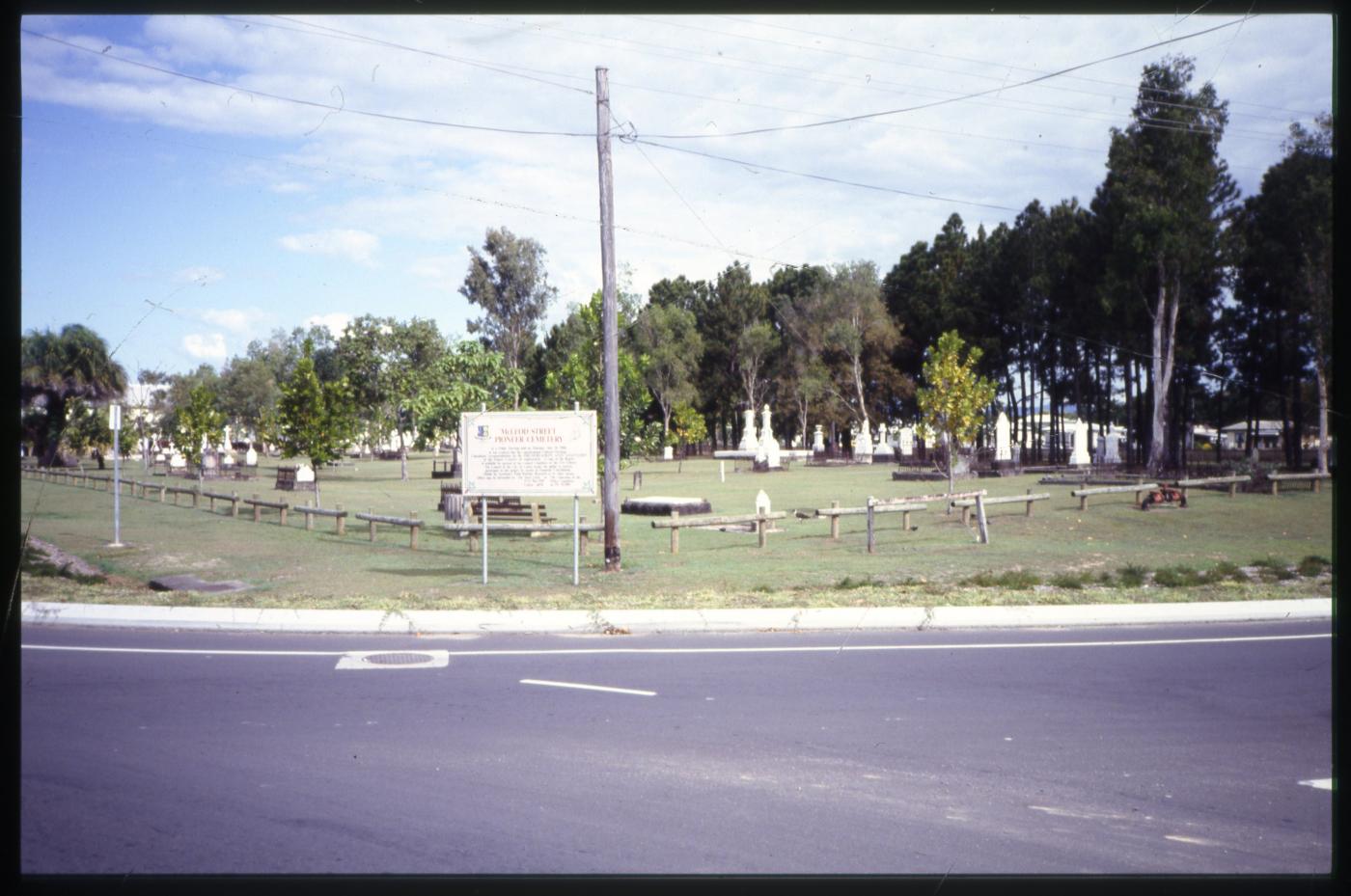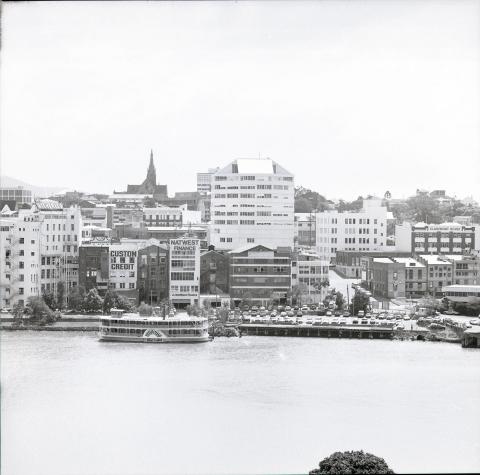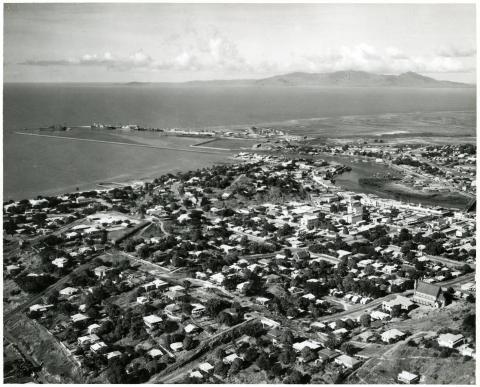
- News of the day
-
Northern Herald, Wednesday 15 December 1920, page 5
Death of a Pioneer.
Another of the grand old pioneers of the Cairns district has been removed from our midst in the person of Mrs. August Gallet, of Fig Tree Creek, who passed away at the weekend, aged 69. With her husband, who is still living, the late Mrs. Gallet came to Cairns direct from France, the country of her birth, about 40 years ago. They went to Babinda to cultivate tobacco shortlv after their arrival here, being two of the pioneers of that district. Subsequently, about four years later, Mr. Gallet joined the firm of De Tours, who went to the Babinda area ostensibly to start a sugar mill, but abandoned that project in favor of growing cane. Mr. Gallet afterwards took up land at Fig Tree Creek. Besides the husband to mourn his loss there are two sons and three daughters, for whom sympathy will be felt by their many friends. The sons are Bernard and Eugene Gallet, and the daughters Marie Josephine Gallet. Mrs. E. A. Lymburner (all of Fig Tree), and Mrs. T. H. Cowles, of McDonald's Creek. The funeral is arranged to leave St. Monica's Church, at 11 a.m. this day (Monday) for the Cairns Cemetery.
- Background
-
Cairns was established officially in October 1876, as a port for the newly discovered Hodgkinson goldfields. When the town was surveyed in late 1876, no provision was made for a public cemetery. Earliest burials took place along the Esplanade to the north of the town centre, near the hospital reserve.
On 15 September 1877, almost a year after the establishment of Cairns, a 5 acre site bounded on three sides by McLeod, Gatton and Grove Streets [Section 36, County of Cook, Town of Cairns], was gazetted as a permanent cemetery reserve. The following month, an adjacent five acres [Section 35, bounded on three sides by McLeod, Gatton and Upward Streets] also were gazetted as permanent cemetery reserve.
The 10 acre site was chosen because it was thought to be on dry ground, was sufficiently far from the inhabited section of the town, and was accessible from the hospital reserve. Only subsequently was it discovered that the site was poorly drained and subject to seasonal flooding, with graves unable to be dug to a greater depth than 3 feet.
Courtesy of the Queensland Heritage Register
Additional images
/145.7642465,-16.9144116,7/450x450@2x.png?access_token=pk.eyJ1IjoicXNhLWRpc2NvLXFsZCIsImEiOiJjamJmdTgyZXEyeWNjMnlxZm8xcmtieHgxIn0.lmT9J5tTPKGuuccQgCVSAg)



